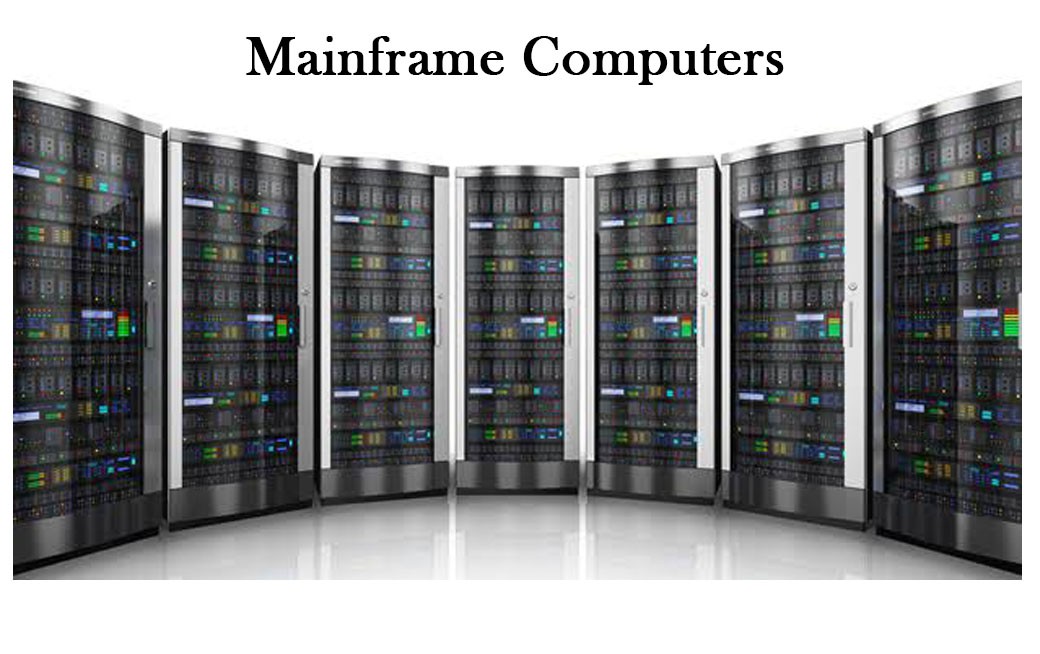
Mainframe Computers
Mainframes (big iron) play a vital role in the daily operations of many of the world’s largest companies. Mainframes are designed to handle very high volume input and output (I/O) and emphasize throughput computing. They occupy an essential part of the e-business industry because of mission-critical applications requiring high volumes of data processing.
Features of Mainframes are the following:
- Large size
- Enormous storage capacity
- High processing power
- Reliability
- Ability to run multiple OS
- Increase the system capacity without disruption
- Replace hundreds of small servers.
- Stable and Secure
- Compatible of all computing platforms
Mainframes and Supercomputers
Supercomputers are used for scientific and engineering problems (high-performance computing) while mainframes focus on transaction processing. The significant difference is in their application domain.
Mainframes excel in reliable volume computing in domains requiring integer operations like financial, indexing, comparisons, etc.
Supercomputers excel in their ability to perform floating-point operations like addition, subtraction, and multiplication with enough digits of precision to model continuous phenomena such as weather.
Industries using Mainframes
- Banking
Banks need to process enormous volumes of transactions. They need to react instantaneously to changes in financial markets. Retail banking revolves around credit card transactions, ATM withdrawals, and online account updates. To fulfill all these needs they depend upon mainframes.
- Insurance
The insurance industry depends on mainframes to make sure they can handle the data that drives their business. They live and die on enormous data. Data helps them assess risk, set prices and invest in the right markets.
- Healthcare
The healthcare industry also deals with a tremendous amount of data. Mainframes power the secure, compliant, high-volume, and highly available data storage and transactions that make modern healthcare at the top.
- Government
Government agencies of all types need to store and analyze vast amounts of data. Mainframes are still helping them to deal with their data.
- Aviation
The flight networks are complicated and ever-changing. Airlines and aircraft manufacturers rely on mainframes to help ensure that people and planes arrive where they are supposed to in the most efficient way possible.
- Retail
Traditional retailers used the mainframe to help process transactions and keep track of inventories. Online retailers also benefit from the ability of modern mainframe systems to handle enormous volumes of transactions.
Author, Enterprise Architect
4yWell written article. Thanks for sharing.